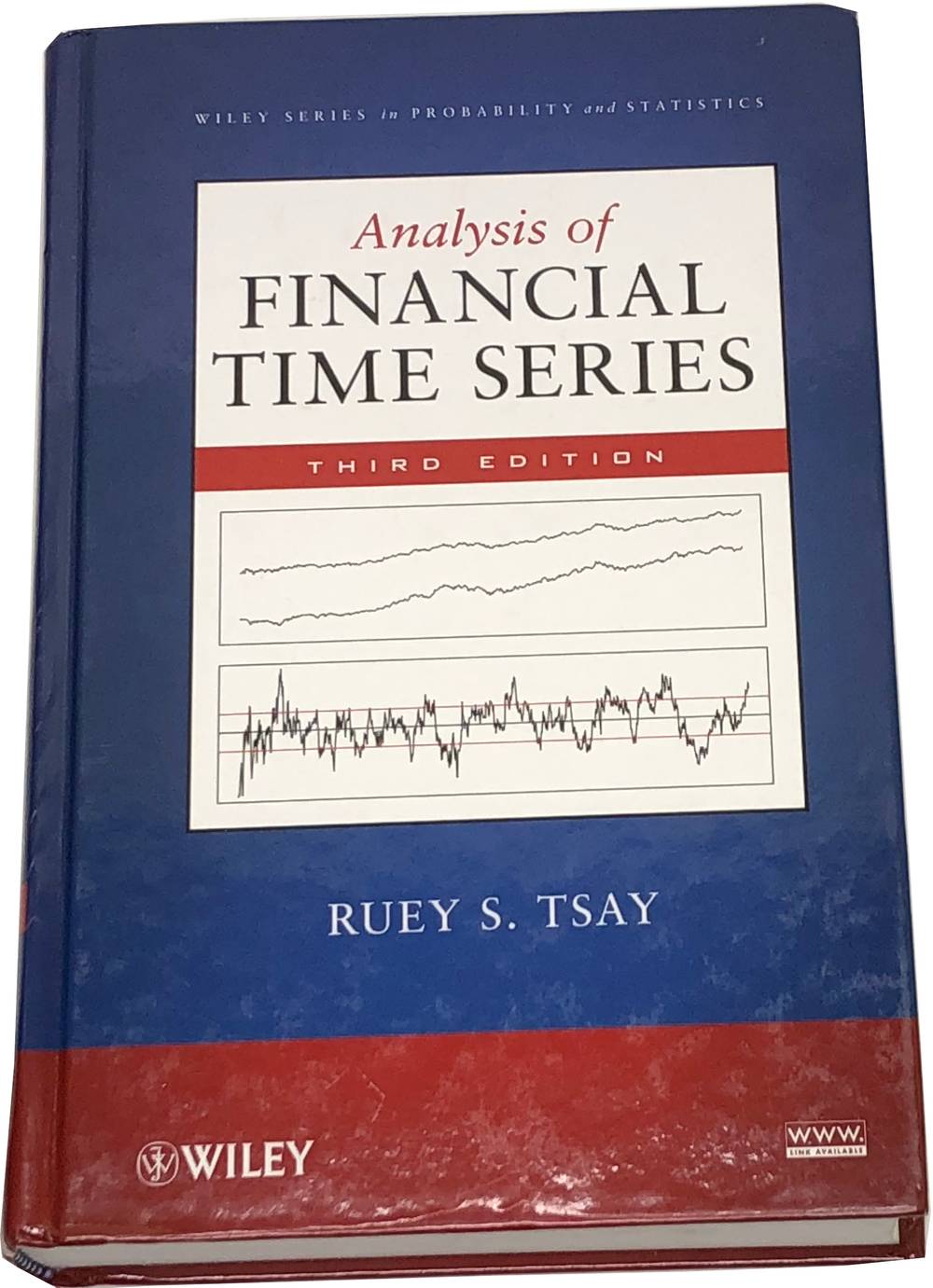Time Series analysis is the study of sequences of random variables that are indexed by time. Random variables that are close together in time tend to be more closely related than those that are far apart in time, and thus they cannot be treated as independent as is done for many statistical techniques. With minor modifications, the methods of time series analysis can also be applied to spatially related random variables. Examples of real data that can be modeled as time series are stock prices, weather, and sales data. It's easy to think of more examples, which is why time series methods are so important.
Recommended Books
Time Series Analysis and Its Applications: With R Examples
Robert H. Shumway And David S. Stoffer
Key Features
- In-text exercises
- Errata
Key Topics
- ARIMA Models
- Autocorrelation
- Bayesian State Space Models
- Estimation
- Exploratory Data Analysis
- Filtering
- Forecasting
- GARCH Models
- Hidden Markov Models
- Large Sample Theory
- Linear Filters
- Nonparametric Spectral Estimation
- Smoothing
- Spectral Analysis
- Spectral Domain Theory
- Spectral Estimation
- State Space Models
- Time Domain Theory
- Unit Root Testing
Description
Although there are more comprehensive time series books out there (such as our other recommendation), this is our favorite introductory time series book. There are many code examples in R with a relatively small number of dependencies, and the exposition is very clear. Unless your interests lie strongly along finance lines, we recommend using this text.
Analysis of Financial Time Series
Ruey S. Tsay

Key Features
- In-text exercises
- Errata
Key Topics
- AR Models
- ARCH Models
- ARMA Models
- Black-Scholes Pricing Formulas
- Conditional Heteroskedastic Models
- Continuous Time Models
- Duration Models
- Estimation
- Extreme Value Theory
- Forecasting
- GARCH Models
- High-Frequency Data Analysis
- Ito Process
- Jump Diffusion Models
- Kalman Filter
- MA Models
- Markov Chain Monte Carlo
- Models for Price Changes
- Multivariate Time Series Analysis
- Multivariate Volatility Models
- Nonlinear Models
- Principal Component Analysis and Factor Models
- RiskMetrics
- Seasonal Models
- State Space Models
- Stationarity
- Value at Risk
- Vector Autoregressive Models
- Wiener Process
Description
The focus of this book is financial time series, but the methods it contains are mostly generic time series methods. However, most of the exercise data relates to finance, and some of the chapters are specific to finance. It is fairly comprehensive as introductory time series books go. The major downside of this book is that a lot of the exercises involve R packages which obscure what is actually being calculated. You can dive into the source code of course, but it would be nice if the authors had exercises that were doable
from scratch.
Of course, this downside could be considered an upside in that it familiarizes you with R's time series package ecosystem.

